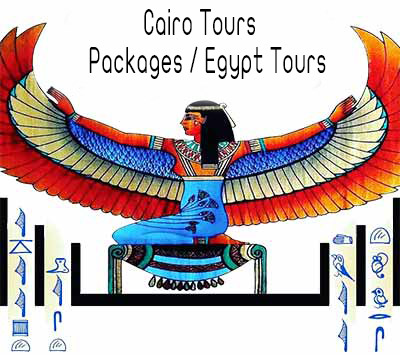The site of Kom el Dikka is home to the remains of the ancient city of Alexandria, which was the center of philosophical learning, art, and culture in the Roman world around the 5th to 7th centuries AD.
The Greco-Roman period in Egypt began when Alexander the Great entered Egypt in 332 BC and drove out the Persians who put an end to the era of the native pharaohs. It lasted until the Muslim conquest of Egypt in the 7th century AD.
Urban Renewal:
In the early Roman period, large urban houses were built in the eastern end of the site. But by the 4th century, the private architecture was replaced by public buildings and this site became the urban heart of Alexandria.
All the World's a Stage:
One of the most impressive buildings was the theater. This was a public meeting spaces where concerts, lectures, and play performances were enjoyed by residents of the city. This is the only such theater that still exists from this period in Egypt.
Via Canopic:
The theater was positioned on the main street (canopic) that ran east to west through the center of the ancient city. It was wide and lined by large columns.
City of Learning:
Alexandria was known as a center of philosophy, learning, and commerce in the Mediterranean world. You may know the city for its famous library, one of the largest and most significant in the world at the time.
These auditoria were lecture halls where grammarians, orators, and teachers of law, could teach hundreds of students. You can imagine famous minds like Hypatia, a female philosopher and mathematician, sharing her ideas with eager students. Much like classrooms today, the students would sit on surrounding benches and the teacher lectured from the raised seat at the front. The 20+ auditoria were built along the west and north sides of the site.
Baths were a mainstay of roman culture. This huge complex in the northern part of the site would have hadpools and rooms of different temperatures where locals could meet, unwind, and socialize.
A salvage excavation at this site in the 1960's unearthed a treasure-trove of buildings and material previously unknown to historians.
Since then, the Polish Centre of Mediterranean Archaeology, University of Warsaw, in close cooperation with the Egyptian Ministry of Antiquities, has conducted large-scale excavation, restoration, and site management projects.
The Villa of the Birds:
The restoration of the mosaics of an early Roman villa by the American Research Center in Egypt (ARCE) gives visitors a sense of the rich art and history of this unique site.


